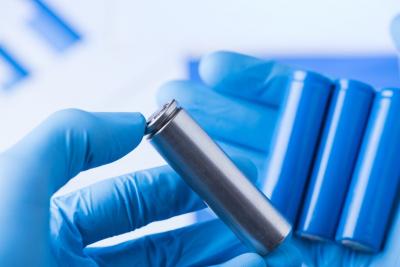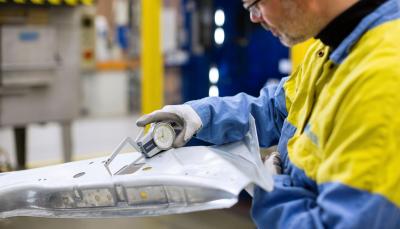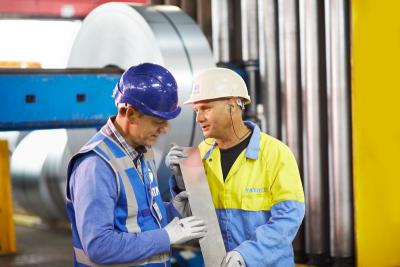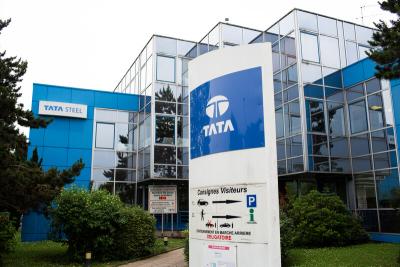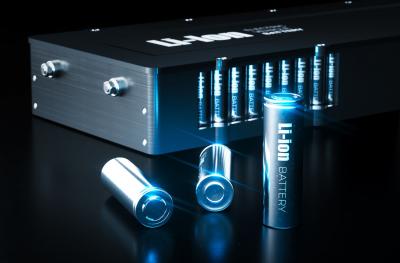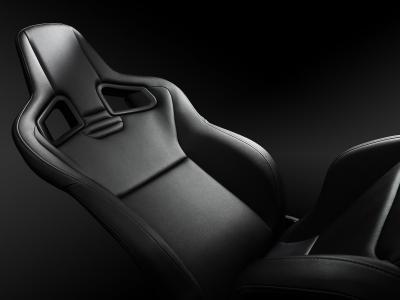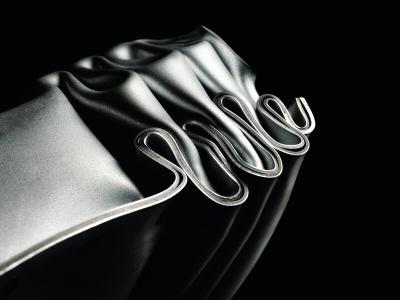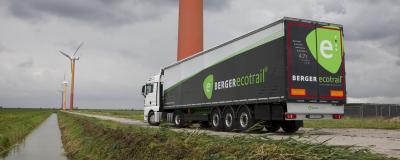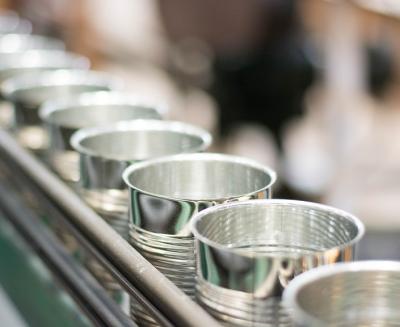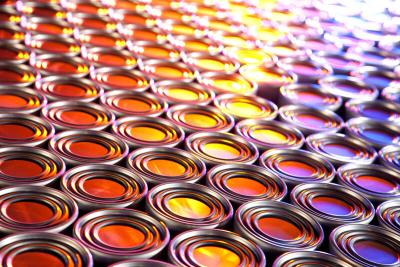Steel is 100% recyclable while maintaining quality. In addition, steel components can be reused as building components.

The growing world population and increasing prosperity have a major impact on the use of raw materials and energy. It is becoming increasingly clear that the transition from a linear economy to a circular economy is really necessary. Steel is 100% recyclable while maintaining quality. In addition, steel components can be reused as building components. This makes steel extremely suitable for the transformation to a more circular way of thinking, developing, designing and building.
A good example is the new distribution centre Fokker 7|8 at the Anthony Fokker Business Park, the former factory site of aircraft manufacturer Fokker at Schiphol airport in the Netherlands. This is the first Cradle-to-Cradle/Circular optimised logistics building in the world. A lot of focus in the design of the building was the ability to be able to reuse materials and components with steel taking a leading role in this. Circular project developer Coert Zachariasse, of Delta Development Group, and Tata Steel worked together in the development of this circular distribution centre. Fokker 7|8 was delivered in two phases: 7 in 2015 and 8 in 2017.
Easy to disassemble again.. and again
If you think in a 'circular' way, then the building as a whole or in parts must be reusable and it must, therefore, be easy to take apart. The experience and expertise of suppliers like Tata Steel can be helpful in making these kinds of decisions in the design process from both a technical and a financial point of view. Who knows the possibilities of the material better? And sometimes relatively simple changes can offer a solution. For example, by working almost exclusively with bolted connections instead of welded connections in the main steel supporting structure. Other building components, such as steel roof and façade elements, can also be disassembled and thus reused using the remov-able screw connections.
Sometimes solutions are more innovative. The anchors by which the columns of the supporting struc-ture are attached to the foundation are not cast into the floor but housed in a steel casing around the column base. This container is filled with stabilised sand and covered with a thin layer of concrete. To reuse the column in the future, only the concrete cover layer needs to be removed to expose the an-chors and dismantle the column.
BIM and LCA
You can make constructive design decisions that make it easier to reuse materials. But you can also look at smart data management during programming, design and construction. The collection and reporting of material data help to build circularly. A good instrument for this is the BIM (Building In-formation Modelling) model, which is increasingly being followed. Also for the Fokker - project. The BIM model makes material 100% traceable. The material data in the BIM model can be included in a Material Passport: an online proof of identity of the building. It shows where each material and product is located in the building, in what quantities, how it is processed and how it can be disman-tled for reuse.
This fits in perfectly with the 'circular’ idea of the project and fits in with the vision to look more and more at the life cycle of a building and its impact on the environment. The recognised method used for this is the LCA (Life Cycle Analysis).
Because the Fokker distribution centre as a whole and to its original parts can be reused and the ef-fect of reusing steel was examined, the project won a Steelie Award in 2015 at the World Steel Asso-ciation in the category 'Excellence in Life Cycle Assessment'.
1 plus 1 is 3
Ultimately, this total concept of a sustainable construction project is a sum of its parts. A result in which countless details are optimally matched. This involves looking at the reuse of materials, but also at energy efficiency. This includes issues like insulation, solar panels, the reflection of daylight, airtightness, etc. Aspects whereby a lot of sustainable gains can be achieved in product choice. For more information, please refer to our articles on this subject: Colour coating, PV panels and heat harvesting.
Working together
A different view of the way of building is desperately needed today and challenges all links in the construction chain to innovate. We strongly believe in cooperation and early consultation between these links so that knowledge can reach the right places more quickly and the transformation to a more circular society runs smoother and better. The collaboration with Delta Development for the 7 | 8 Fokker Logistics Park was a good example of this.













